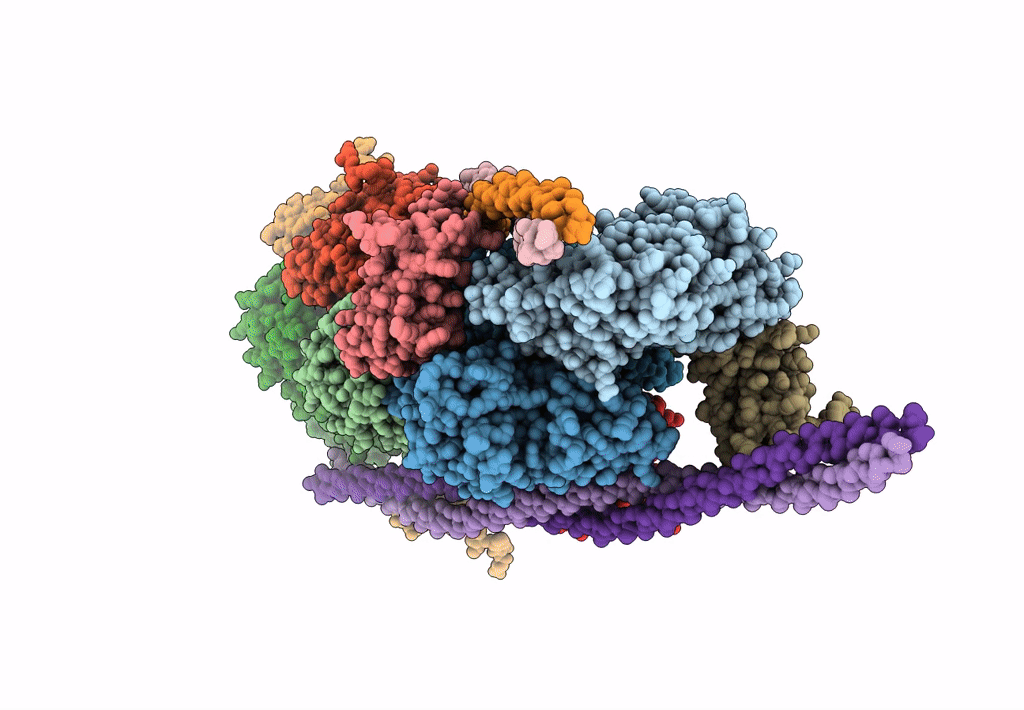
Deposition Date
2018-03-23
Release Date
2018-10-17
Last Version Date
2024-05-15
Entry Detail
PDB ID:
6G2T
Keywords:
Title:
human cardiac myosin binding protein C C1 Ig-domain bound to native cardiac thin filament
Biological Source:
Source Organism:
Homo sapiens (Taxon ID: 9606)
Sus scrofa (Taxon ID: 9823)
Sus scrofa (Taxon ID: 9823)
Host Organism:
Method Details:
Experimental Method:
Resolution:
9.00 Å
Aggregation State:
HELICAL ARRAY
Reconstruction Method:
HELICAL


